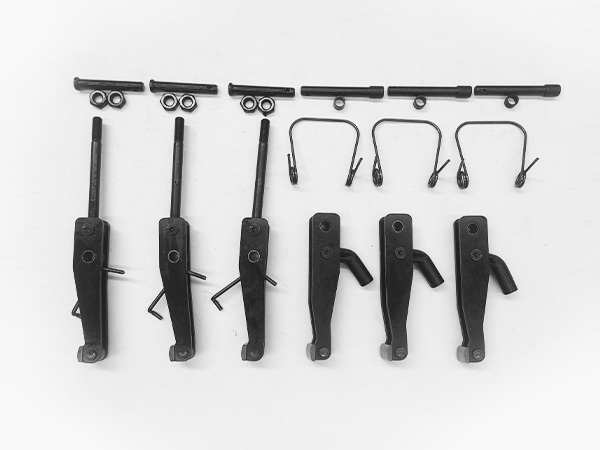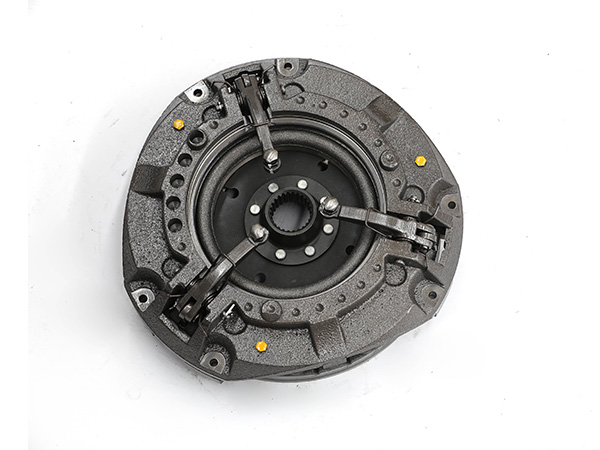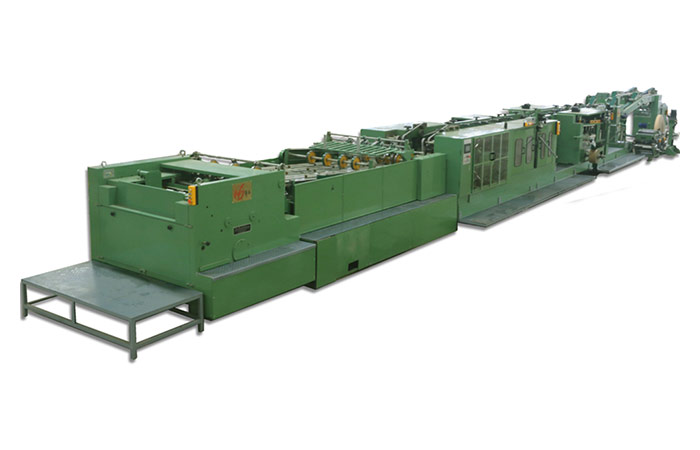https://www.ls-casting-mold.com/wp-content/uploads/2022/05/PU20.02602.jpg
700
700
lsmojv
http://www.ls-casting-mold.com/wp-content/uploads/2018/12/lslogo-300x138.png
lsmojv2023-04-27 16:13:262023-04-27 16:13:26What is the robot bearing assembly process
https://www.ls-casting-mold.com/wp-content/uploads/2023/03/10寸修理包2-e1679463670191.jpg
451
600
lsmojv
http://www.ls-casting-mold.com/wp-content/uploads/2018/12/lslogo-300x138.png
lsmojv2023-04-27 16:05:442023-04-27 16:05:44How Much Does Tractor Clutch Repair Cost?
https://www.ls-casting-mold.com/wp-content/uploads/2022/02/954-e1645597921663.jpg
400
600
lsmojv
http://www.ls-casting-mold.com/wp-content/uploads/2018/12/lslogo-300x138.png
lsmojv2023-04-27 15:48:072023-04-27 15:48:07How does a tractor clutch work
https://www.ls-casting-mold.com/wp-content/uploads/2022/03/IMG_2083-e1646274786744.jpg
400
600
lsmojv
http://www.ls-casting-mold.com/wp-content/uploads/2018/12/lslogo-300x138.png
lsmojv2023-04-27 15:29:042023-04-27 15:29:04What are the features of high-density mobile shelving
https://www.ls-casting-mold.com/wp-content/uploads/2022/03/IMG_2083-e1646274786744.jpg
400
600
lsmojv
http://www.ls-casting-mold.com/wp-content/uploads/2018/12/lslogo-300x138.png
lsmojv2023-04-27 15:19:382023-04-27 15:23:10What are the application fields of mobile healthcare shelving
https://www.ls-casting-mold.com/wp-content/uploads/2022/08/paper-tube-machine-2.jpg
376
495
lsmojv
http://www.ls-casting-mold.com/wp-content/uploads/2018/12/lslogo-300x138.png
lsmojv2023-04-27 15:03:372023-04-27 15:03:37What is the price of square bottom paper bag machine
https://www.ls-casting-mold.com/wp-content/uploads/2022/08/paper-tube-machine-2.jpg
376
495
lsmojv
http://www.ls-casting-mold.com/wp-content/uploads/2018/12/lslogo-300x138.png
lsmojv2023-04-27 14:55:342023-04-27 14:55:34What is the price of square bottom paper bag machine
https://www.ls-casting-mold.com/wp-content/uploads/2022/03/calcium-hydroxide.jpg
450
600
lsmojv
http://www.ls-casting-mold.com/wp-content/uploads/2018/12/lslogo-300x138.png
lsmojv2023-04-27 14:47:312023-04-27 14:47:31HOW IS CALCIUM OXIDE MANUFACTURED INDUSTRIALLY?
https://www.ls-casting-mold.com/wp-content/uploads/2022/02/Vibrating-Screen4-1.jpg
450
600
lsmojv
http://www.ls-casting-mold.com/wp-content/uploads/2018/12/lslogo-300x138.png
lsmojv2023-04-27 14:30:122023-04-27 14:30:12How can I increase the efficiency of my vibrating screen?
https://www.ls-casting-mold.com/wp-content/uploads/2021/06/高压球机7.jpg
400
600
lsmojv
http://www.ls-casting-mold.com/wp-content/uploads/2018/12/lslogo-300x138.png
lsmojv2023-04-27 14:20:222023-04-27 14:20:22What are the features of metal briquetting machine
Scroll to top











